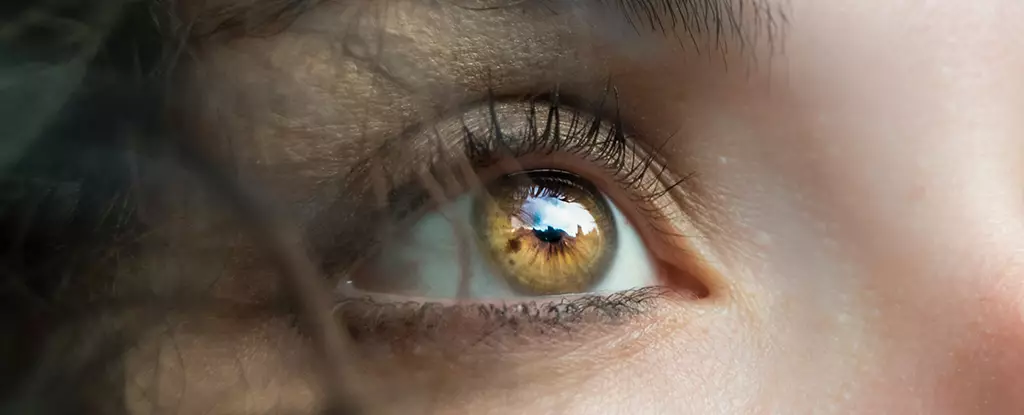The common adage that “the eyes are the window to the soul” may extend beyond emotional introspection, suggesting that our eyes could also reveal critical health information. Recent research has unveiled a groundbreaking connection between the retinal blood vessels and stroke risk, offering a non-invasive method to understand an individual’s vulnerability to strokes. This novel approach utilizes artificial intelligence (AI) to analyze eye images, specifically identifying 29 unique blood vessel characteristics that correlate with an increased risk of stroke. Such innovations could potentially serve as pivotal tools in preventive healthcare, particularly when 90% of strokes are linked to modifiable risk factors like hypertension and dietary habits.
The research was spearheaded by an international team of scientists who leveraged machine learning to analyze retina images collected from a significant pool of 45,161 participants over approximately 12.5 years. This extensive database encompassed 749 stroke cases, allowing researchers to compare and contrast the retinal blood vessel patterns of those affected with those who were not. By scrutinizing the shape and density of these vessels, they were able to isolate consistent patterns that presented a correlation between retinal health and stroke risk. The 29 identified parameters not only provided insights into individual stroke risk but also echoed findings from previous studies linking ocular health to cerebrovascular conditions.
This AI-fueled approach underscores how technology can amplify our understanding of biomechanical relationships within the body. As the retina is anatomically and physiologically connected to the brain’s vascular system, abnormalities in eye blood vessels potentially signal underlying issues that could precipitate strokes later on. This revelation could instigate a paradigm shift in how healthcare systems regard eye examinations—not merely as vision assessments but as vital indicators of overall health.
While the relationship between retinal characteristics and stroke risk is compelling, it is crucial to acknowledge the complexity of predicting stroke likelihood. Stroke is multifactorial; its occurrence is influenced by a myriad of factors ranging from genetic predispositions to lifestyle choices and environmental influences. Although the new retinal metrics identified in this study correlate strongly with traditional risk factors such as age and blood pressure, they do not encompass the entirety of what contributes to stroke risk.
Additionally, while the findings are promising, researchers caution against a deterministic interpretation. The study, while significant, does not establish a direct causal relationship, making it imperative to approach these findings with a measure of skepticism until further and more focused research can delineate underlying mechanisms. Nevertheless, the results present an exciting avenue for ongoing exploration in understanding stroke etiology.
One of the most notable implications of this research is its practicality, particularly in primary healthcare settings or regions underserved by traditional medical facilities. By integrating retinal scans as a routine health check, especially for at-risk groups, healthcare providers can offer timely interventions. Early identification could facilitate lifestyle modifications or preventive treatments, ultimately enhancing patient outcomes.
As healthcare systems continue to embrace technological advancements, the potential for wider applications of AI and machine learning in diagnostics becomes clearer. If eye tests can serve as reliable predictors for stroke risk, they might also be adapted to monitor other health conditions, further enhancing their value in routine examinations.
The intersection of ocular health and neurological risk presents a multifaceted opportunity for advancing preventive strategies in healthcare. As studies continue to unfold, the integration of retinal analyses into everyday medical practice might not only revolutionize stroke risk assessment but also reshape our understanding of the relationship between eye health and overall wellness. In a world where proactive healthcare can significantly alter outcomes, the prospect of identifying stroke risks through simple eye tests heralds a promising frontier in medical science.


Leave a Reply